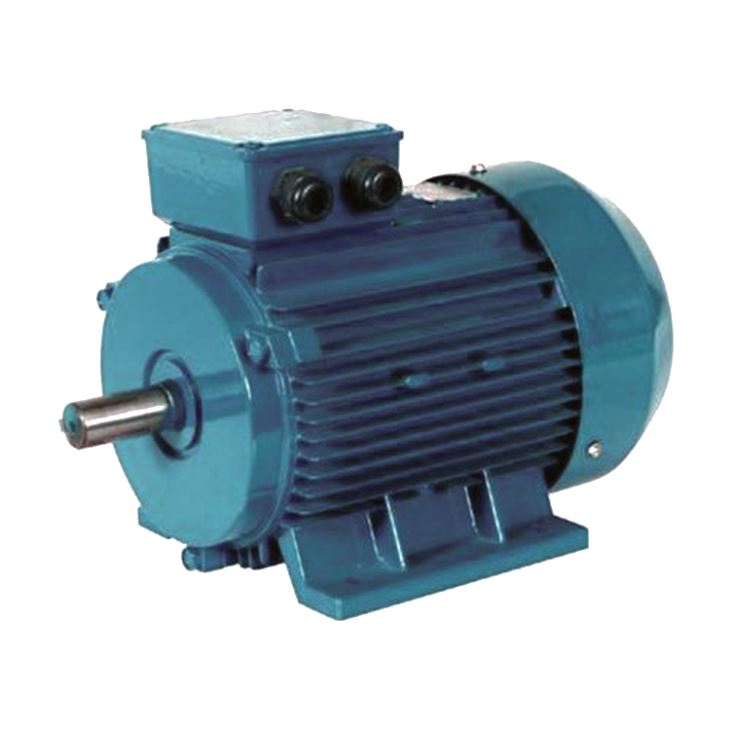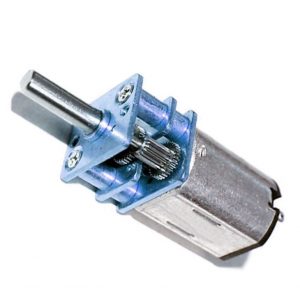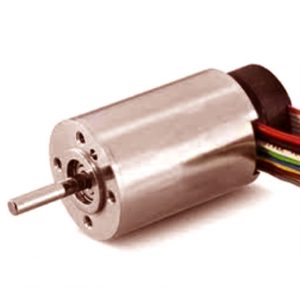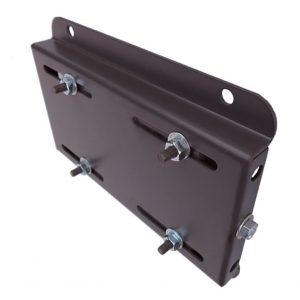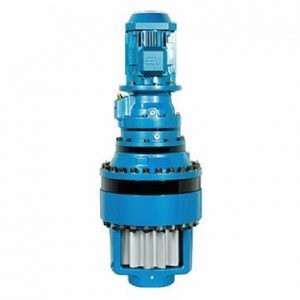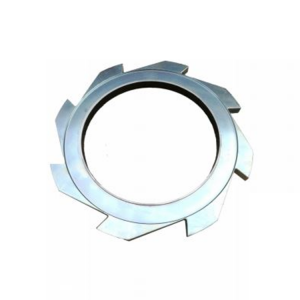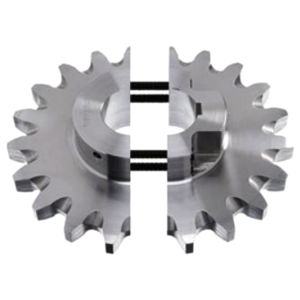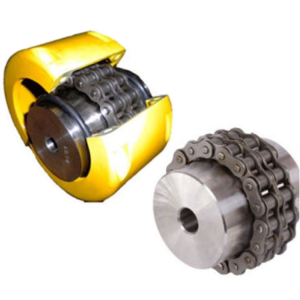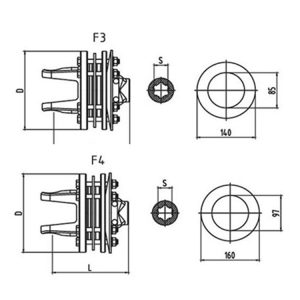Description
The operation of the three-phase synchronous motor can be summarized as follows:
Three-phase AC voltage is applied to the stator windings and a rotating magnetic field is certainly produced.
DC voltage is applied to the rotor winding and a second magnetic field is certainly produced.
The rotor then acts like a magnet and is attracted by the rotating stator field.
This attraction exerts a torque on the rotor and causes it to rotate at the synchronous speed of the rotating stator field.
The rotor will not require the magnetic induction from the stator field Scroll Air Compressor because of its excitation. Because of this, the engine has zero slip when compared to induction engine, which requires slip to be able to produce torque.
Synchronous motors are not self-starting and therefore require a approach to bringing the rotor up to near synchro nous speed prior to the rotor DC power is definitely applied. Synchronous motors typically begin as a standard squirrel cage induction motor through use of particular rotor amortisseur windings. Also, there are two simple methods of providing excitation current to the rotor. One method is by using an external DC source with current provided to the windings through slide rings. The other method is to have the exciter installed on the common shaft of the engine. This arrangement does not require the use of slip bands and brushes.
An electrical system’s lagging power factor could be corrected by overexciting the rotor of a synchronous motor operating within the same system. This will create a leading power factor, canceling out the lagging power aspect of the inductive loads. An underexcited DC field will produce a lagging power factor and for this reason is seldom used. When the field is normally excited, the synchronous engine will operate at a unity power factor. Three-phase synchronous motors can be used for power element correction while at the same time executing a major function, such as operating a compressor. If mechanical power output is not needed, however, or can be provided in additional cost-effective methods, the synchronous machine continues to be useful as a “nonmotor” means of con trolling power factor. It does the same job as a bank of static capacitors. This kind of a machine is named a synchronous condenser or capacitor.

